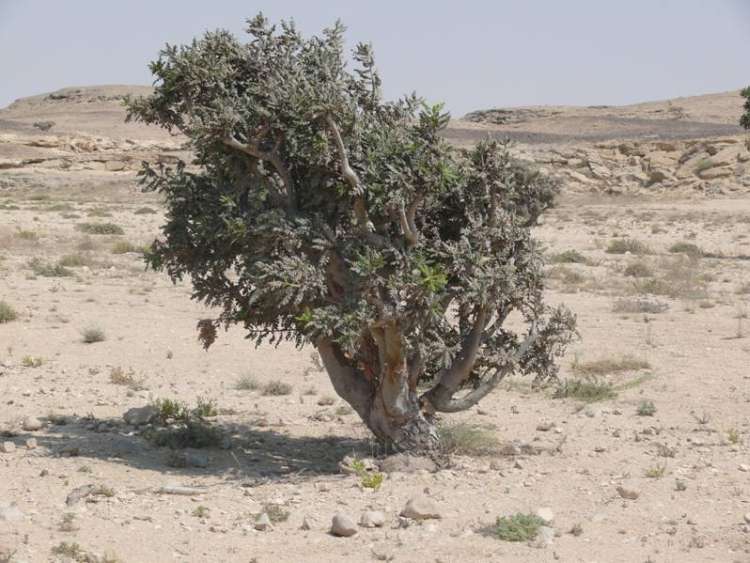According to a Food and Agriculture Organization report, the livelihoods of vulnerable people can be improved when careful attention is paid to the ‘so-called wild dozen’.
A new report published by the Food and Agriculture Organization of the United Nations (FAO), Wild Check: Assessing risks and opportunities of trade in wild plant ingredients, sheds light on twelve flagship species – the so-called “wild dozen”- hidden in our everyday products.
Developed in collaboration with TRAFFIC, a non-governmental organization working globally on trade in wild animals and plants, and the International Union for Conservation of Nature, it aims to raise awareness about the sustainable use of wild-harvested plants.
Thousands of species are at risk primarily due to habitat loss and climate change, and over-exploitation. Of the 21 percent of medicinal and aromatic plant species whose vulnerability status has been assessed, nine percent are considered threatened with extinction. About 1 billion of the world’s most vulnerable people depend on them for their livelihoods.
“The sustainable use of wild plants has critical implications for food security and millions of livelihoods worldwide. Wild plants are given serious consideration in our efforts to protect and restore habitats, promote sustainable agrifood systems, and build inclusive, resilient, and sustainable economies, particularly as countries work on the post-COVID recovery.”
Sven Walter, Head of FAO’s Forest Products and Statistics team

Demand for wild plants keeps increasing
Plants make up around 80 percent of all biomass on Earth and play a fundamental role in supporting humans and other animals by providing food, medicine, oxygen, and shelter. In some parts of the world, wild plants are collected by some of the most vulnerable people, often using traditional methods that date back generations.
Meanwhile, demand for wild plant ingredients keeps growing, especially in wealthier countries. Consumers in the United States alone spent an estimated 11.3 billion dollars on herbal dietary supplements in 2020. Preliminary evidence suggests the COVID-19 pandemic has renewed interest in using wild species as traditional and modern-day ingredients in medicine.
Overall, it is estimated in a report that up to 5.8 billion people may be using wild or semi-wild plants globally, according to a study by Rhodes University in South Africa.
Despite their ubiquity, importance, and the threats they face, wild plant ingredients are often obscured from consumers and escape companies’ due diligence due to a lack of awareness and traceability. The report addresses these challenges by providing detailed information on a selection of ‘flagship’ wild plant ingredients, dubbed the “Wild Dozen.”
The ‘Wild Dozen’
A wander through the kitchen may reveal Brazil nuts in your cupboard, gum arabic in your soda, and liquorice in your herbal tea. Your bathroom may have lotions containing shea butter or skincare products made with baobab or argan oil. Frankincense or jatamansi may be found on the bedroom table as an ingredient in your perfume.
The 12 wild plants singled out in the report are Frankincense, Pygeu, Shea, Jatamansi, Gum Arabic, Goldenseal, Candelilla, Argan, Baobab, Brazil nut, Liquorice, Juniper. The FAO in the report revealed all of the benefits of the ‘wild dozen’ and has called on all players to get involved in protecting these species.
According to the FAO, the status of all these species is highly vulnerable. Hence, the report has been made available to all key stakeholders to support the fight to preserve these wildlife species before it gets extinct.
“The report is available to industry, consumers, practitioners, and investors and details why we need to care about these precious – yet often overlooked – ingredients present in our everyday lives. With responsible sourcing, these ingredients can support broader wildlife conservation and improve the livelihoods of some of the world’s most marginalized people.”
FAO report
READ ALSO: Don’t blame Russia for Ghana’s Agro-Crisis





















